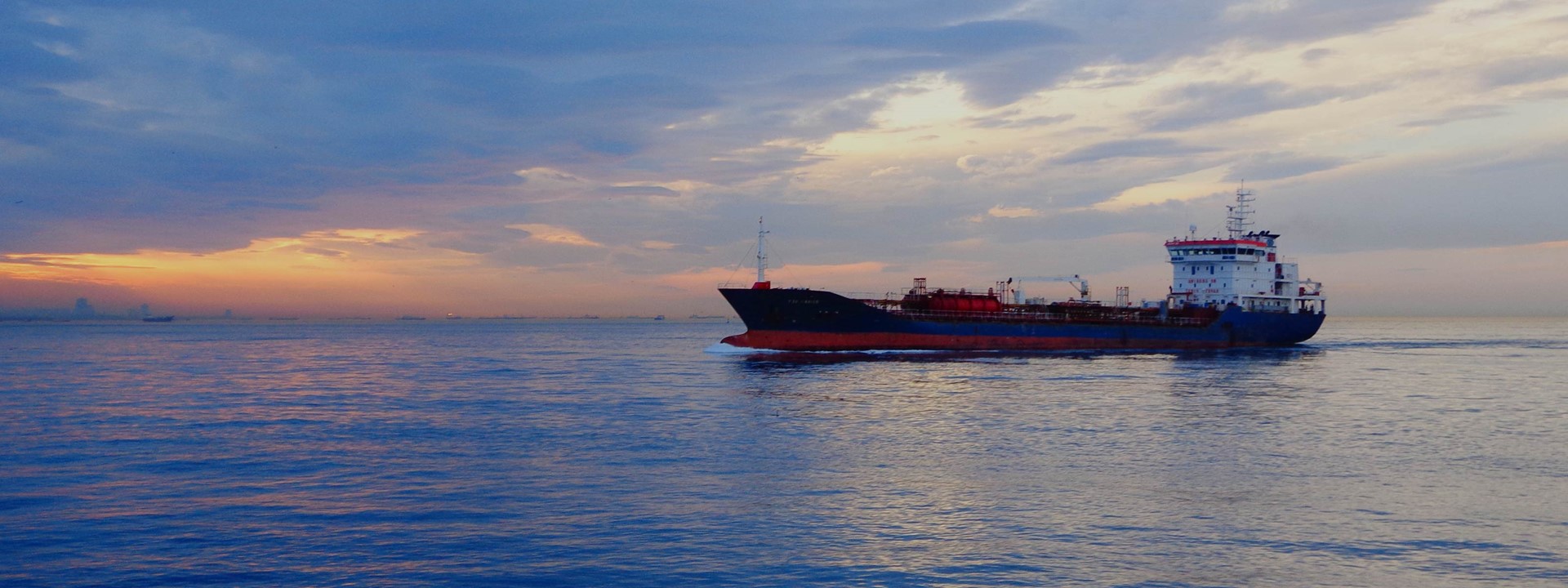We look at the recent High Court of Appeal decision in the M/V Arundel Castle case, centring on whether the vessel was anchored within ‘port limits’
The Background
The vessel was voyage chartered by the Owners under the terms of an amended Gencon 94 form and pursuant to a fixture recap.
Clause 15 of the recap stated;
‘NOR to be tendered at both ends even by cable/telex/fax on vessels arrival at load/disch ports within port limits’.
In addition clause 6(c) of the Gencon 94 charter party provides:
‘If the loading/discharging berth is not available on the vessel’s arrival at or off the port of loading/discharge, the vessel shall be entitled to give notice of readiness within ordinary office hours on arrival there… Laytime or time on demurrage shall then count as if she were in berth and in all respects ready for the loading/ discharging provided that the Master warrants that she is in fact ready in all respects.’
The vessel arrived at the load port of Krishnapatnam, where she was unable to proceed direct to the berth due to congestion. Under instructions the vessel anchored at a location directed by the port authority and tendered the NOR.
The owners brought a demurrage claim against charterers which the charterers disputed on the grounds the NOR tender was not valid as it was by all accounts outside port limits. The case proceeded to arbitration.
The Arbitration Award
The main question was, was the vessel within port limits when the NOR was tendered. The arbitrators identified the port limits by referring to the admiralty chart of the relevant area. It was clear that the vessel was anchored outside of the geographical limits of the port, therefore outside ‘port limits’.
The arbitrators awarded in favour of the charterers and held that the NOR was invalidly tendered as it was not given within port limits as required under clause 15 of the fixture recap which prevailed and took precedent over clause 6(c) of the Gencon 94.
The Owners appealed the Arbitration decision on the grounds of the definition of an ‘arrived ship’ arguing that ‘port limits’ should include areas where vessels are customarily requested to wait no matter how far the distance. Referring to the case of Johanna Oldendorff [1973] 2 Lloyd’s Rep 285 as set out by the House of Lords, where Lord Reid said:
‘Before a ship can be said to have arrived at a port she must, if she cannot proceed immediately to a berth, have reached a position within the port where she is at the immediate and effective disposition of the charterer. If she is at a place where waiting ships usually lie, she will be in such a position unless in some extraordinary proof of which would lie in the charter’.
The High Court Appeal Decision
The court dismissed the appeal upholding the position outlined in the Johanna Oldendorff that the vessel must have reached a place within the port limits to be classed as an ‘arrived’ ship. The court further noted that usual waiting places may not always be defined as within port limits and where there is a national or local law which defines the limits of said port those will be the limits that apply. In the absence of such a local law it was ruled reasonable that the port limits would be considered the extent of the area in which the port authority exercises its powers to regulate the conduct and movement of ships.
Given the limited information provided to them the court held that the tribunal were entitled to conclude that the vessel was not within port limits based on the admiralty chart. However the court added that, in another case and with more complete or additional material it would not be unreasonable that a different conclusion would be reached even in respect of the port of Krishnapatnum.
Comment
This case serves as a useful reminder that Assureds should give due consideration to the fixture recap and how additional clauses agreed can alter the terms of the governing charter party, potentially increasing the Assureds risks. Owners should be mindful in all respects of the terms agreed when tendering the NOR making sure the requirements under the governing contract are adhered too and if parties have a specific definition of ‘port limits’ they should expressly provide for this in the contract.


